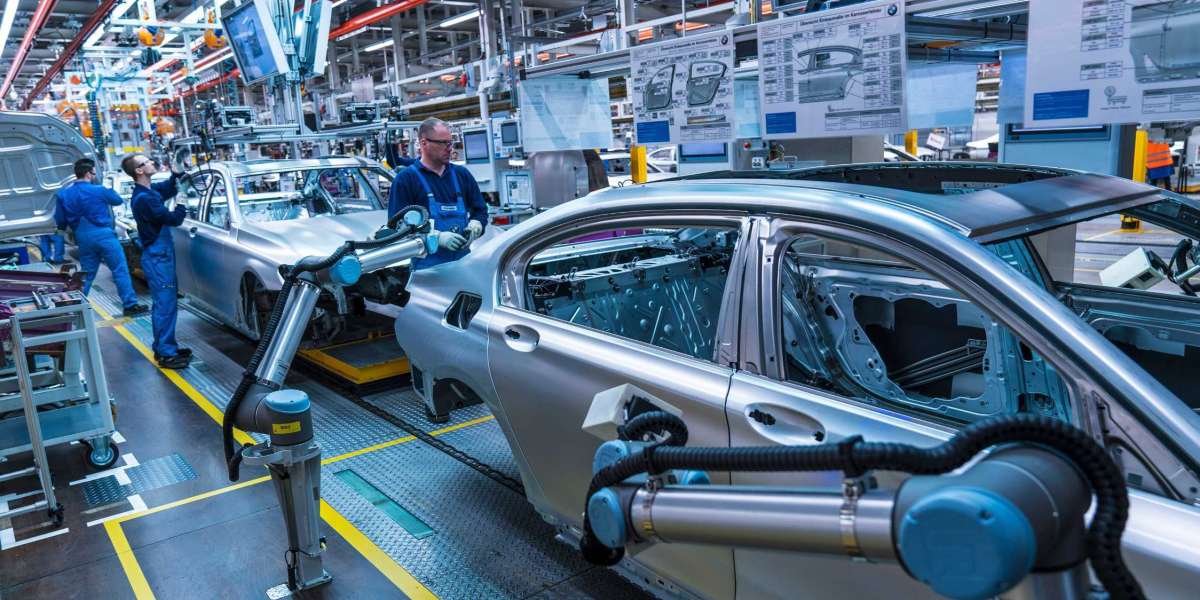The India automotive industry market has experienced robust growth over the past decade, driven by increasing urbanization, rising incomes, and strong consumer demand. The India automotive industry market is characterized by its diversity, encompassing everything from passenger vehicles and commercial trucks to two-wheelers and electric vehicles (EVs).
Overview of the Indian Automotive Industry
India is one of the world’s largest automotive markets, positioned as a key global player in vehicle production and sales. The industry’s rapid development has been supported by a range of factors, including government initiatives, technological innovations, and a burgeoning middle class.
Key Drivers of Market Growth
1. Growing Middle-Class Population
India’s expanding middle class is a significant driver of the automotive industry. With increasing disposable incomes, more families are able to afford personal vehicles, boosting the demand for both new and pre-owned cars.
2. Government Policies and Initiatives
The government of India has introduced various policies to foster growth in the automotive sector. Initiatives such as the Make in India campaign, along with tax incentives and subsidies for electric vehicles, have contributed to a favorable market environment.
3. Infrastructure Development
Improving infrastructure, such as better road networks and urban connectivity, has encouraged greater vehicle usage. This has, in turn, led to a spike in demand for vehicles and related services, further fueling the India automotive industry market.
Segmentation of the Automotive Market
1. Passenger Vehicles
Passenger cars, including hatchbacks, sedans, and SUVs, form a substantial part of the market. Consumers in India have shown a growing preference for compact SUVs, thanks to their affordability, fuel efficiency, and practical design.
2. Two-Wheelers
Two-wheelers dominate the Indian automotive market, as they are the most affordable and convenient mode of transport for millions. Motorcycles and scooters are popular choices, catering to both rural and urban areas.
3. Commercial Vehicles
The commercial vehicle segment includes trucks, buses, and vans that are essential for the logistics and public transportation sectors. The demand for commercial vehicles has increased in line with the growth of the e-commerce industry and the expansion of supply chain networks.
4. Electric Vehicles (EVs)
Electric vehicles are an emerging and significant segment of the India automotive industry market. With the government’s push for cleaner energy solutions and the introduction of schemes such as FAME (Faster Adoption and Manufacturing of Electric Vehicles), the adoption of EVs has accelerated. Automakers are investing heavily in EV technology to meet future demands and sustainability goals.
Challenges Facing the Indian Automotive Market
1. Supply Chain Disruptions
The automotive sector in India has faced supply chain challenges, especially during global crises like the COVID-19 pandemic. Shortages of essential components such as semiconductors have impacted vehicle production.
2. Environmental Regulations
Stricter emission norms and environmental regulations pose challenges for automakers, requiring them to adapt their manufacturing processes and invest in cleaner technologies. Compliance with these regulations is critical to sustaining growth and meeting environmental standards.
3. High Competition
The India automotive industry market is highly competitive, with domestic and international players striving for market share. This intense competition drives innovation but also pressures manufacturers to maintain affordable pricing and high-quality standards.
Future Outlook and Trends
1. Shift Towards Electric and Hybrid Vehicles
The transition to electric and hybrid vehicles is expected to gain momentum, with consumers becoming more eco-conscious and aware of long-term cost savings. Continued investment in EV charging infrastructure will play a vital role in supporting this shift.
2. Technological Advancements
The integration of advanced technologies, such as connected car systems, autonomous features, and smart mobility solutions, is transforming the automotive landscape. Automakers are exploring AI-driven features, improved safety systems, and enhanced infotainment to meet customer expectations.
3. Focus on Sustainability
Sustainability is becoming a key focus for both manufacturers and consumers. Companies are adopting green practices such as using renewable energy in production facilities and offering more fuel-efficient vehicles.
Conclusion
The India automotive industry market is poised for continued growth, driven by economic expansion, technological progress, and supportive government initiatives. Despite challenges such as competition and supply chain issues, the industry remains resilient. With a strategic focus on innovation, sustainability, and adapting to new consumer trends, India’s automotive market is set to thrive in the years ahead.
More Trending Reports
Portable Electric Vehicle Charger Market







